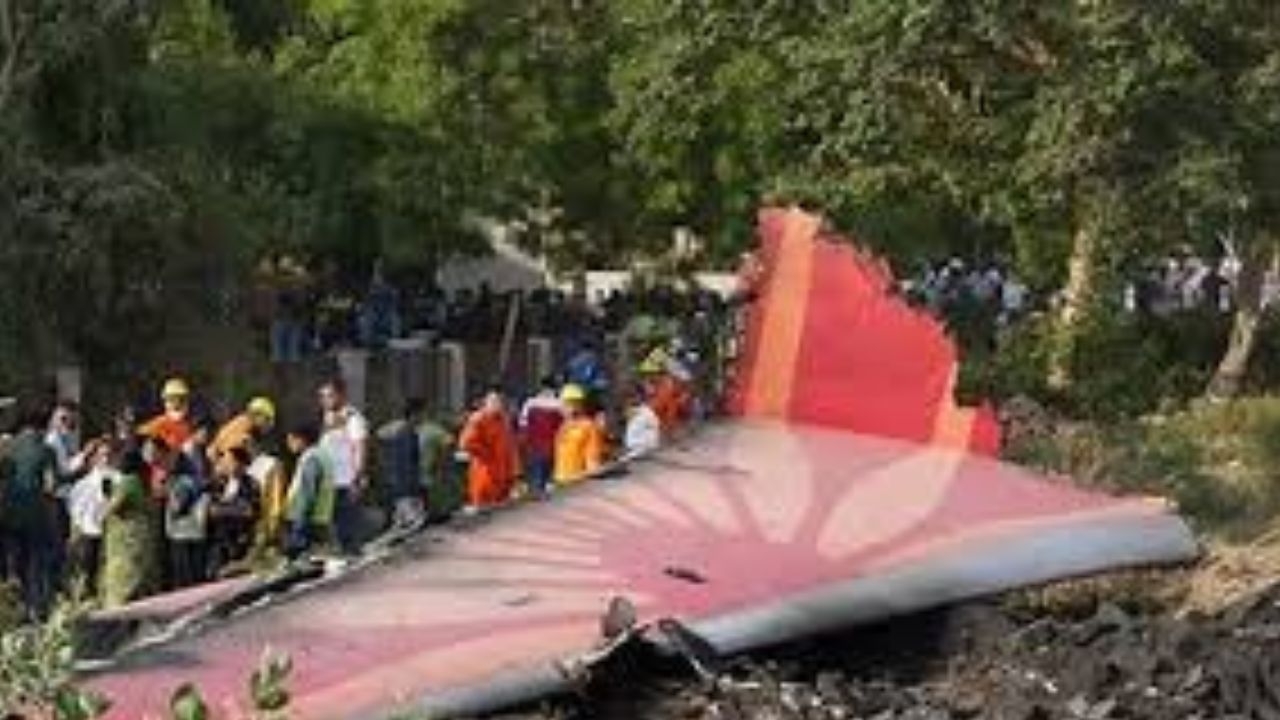Air India Crash Site Hit 1,000°C: Lava-Like Heat Left Little Chance of Escape
An officer said he has been involved in crisis matters previously but has never witnessed a disaster like this, where inferno reached 1,000 degrees C.

Air India Crash Site Hit 1,000°C: As temperature reached approximately 1,000 degrees Celsius in and around the crashed Air India aircraft site, rescue operations faced extreme difficulty, PTI news agency reported on Thursday night, quoting officials.
"As the (aircraft's fuel) tank exploded, it created an inferno where temperature rose to 1,000 degrees Celsius in no time. This left little chance for anyone to escape," a senior fire official was quoted as saying by the news agency.
For reference, lava from any volcano can range from 1140 to 1170 degrees Celsius.
An officer who is a part of the SDRF unit and who joined in 2017, said he has been involved in crisis matters previously but has never witnessed a disaster like this before.
"We came here with PPE kits. But the temperature was so high that it made operations difficult. There were debris everywhere. So we had to clear the debris that were already simmering," he said.
Earlier, Union home minister Amit Shah, who visited the site of the crash on Thursday said that there was 1.25 lakh litres of fuel on the aircraft.
“There was 1.25 lakh litres of fuel inside the plane and it caught fire so it was impossible to save anyone,” Amit Shah told reporters.
Also Read: Gambhir’s Return Due to Family Emergency Mirrors Veteran India Cricketer’s Experience Last Year
The Boeing 787 Dreamliner (AI171), which had 230 passengers and 12 crew members on board, crashed into the complex of a medical college on Thursday afternoon after taking off from the Sardar Vallabhbhai Patel International Airport in Ahmedabad.
One of the passengers reportedly survived while 241 died as the aircraft crash-landed. There were 169 Indians, 53 British, one Canadian and seven Portuguese nationals, apart from12 crew members.
The plane was being flown by Captain Sumeet Sabharwal, a Line Training Captain with 8,200 flying hours and his First Officer, Clive Kundar, had 1,100 flying hours.
For breaking news and live news updates, like us on Facebook or follow us on Twitter and Instagram. Read more on Latest National News on The National Bulletin


